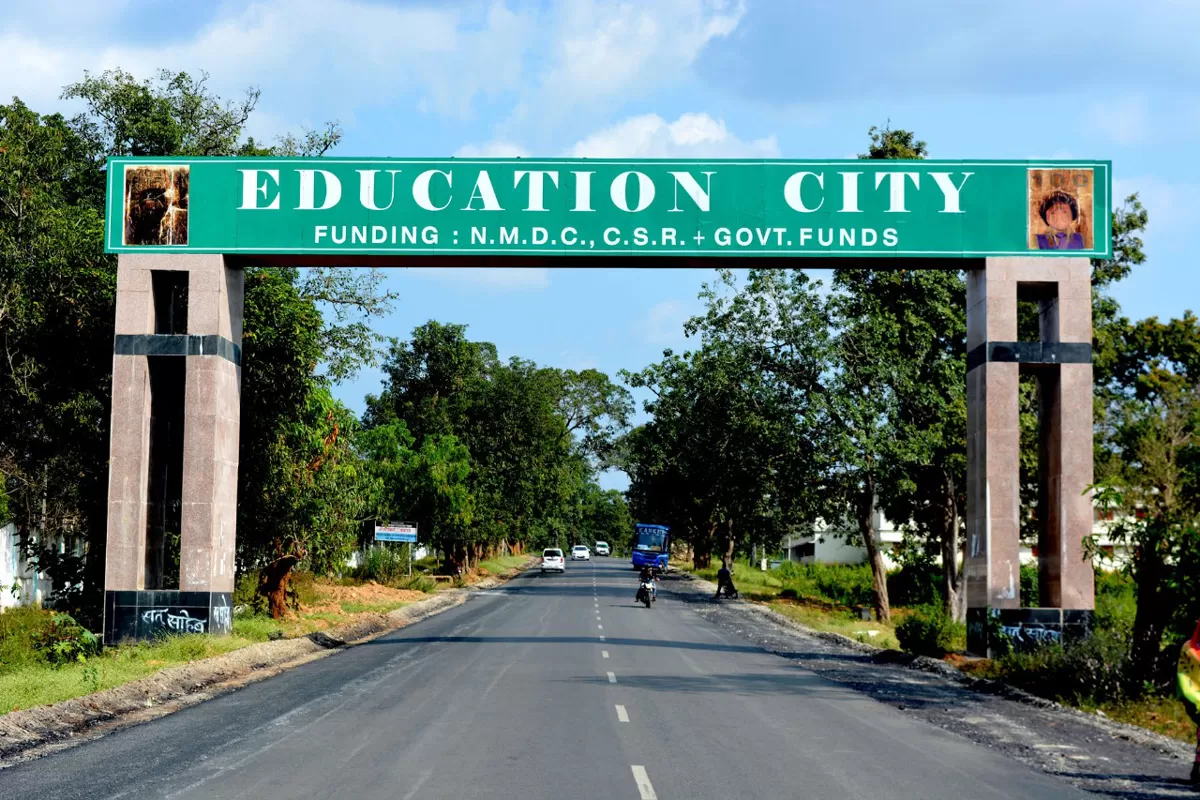
Indian Railways completes launch of world’s tallest railway pier bridge
In a major engineering milestone, Indian Railways has successfully completed the launching for all eight spans of the world’s tallest railway pier bridge on the Jiribam–Imphal railway line. The development was announced by Union Railway Minister Ashwini Vaishnaw via a post on social media platform X. The bridge, located in the Khongsang–Noney section of the Jiribam–Imphal Capital Connectivity Project, features a total of eight spans—comprising 1 x 71.5 metres, 5 x 106 metres, another 71.5 m span, and a 30 m span. The tallest pier of the bridge rises to a height of 141 m, making ..

Enlight Metals brings AI efficiency to India's steel trade
Pune-based metal aggregator Enlight Metals is transforming the traditionally unorganised steel trading sector by embedding artificial intelligence (AI) across its operations. Faced with challenges like unpredictable demand, stockouts, and slow customer responses, the company has adopted AI-driven tools to streamline functions from inventory to customer engagement. By integrating AI with its CRM and ERP platforms, Enlight Metals has achieved a 40 per cent improvement in customer response time and a 25 per cent reduction in stockouts. The system prioritises customer queries from WhatsApp an..

NMDC Drives Rural Transformation Through Education Initiatives
NMDC, India’s largest iron ore producer and a Navratna PSU, is quietly transforming rural India through its long-standing investment in education. With a total CSR contribution exceeding Rs 26 billion over the past two decades, NMDC has channelled more than Rs 6.9 billion into education initiatives alone, supporting over 1 lakh students annually in Chhattisgarh and Karnataka. “At NMDC, community development is a core part of our identity. By significantly increasing our CSR contribution in education year after year, we are educating not just an individual but a whole family, their gen..















